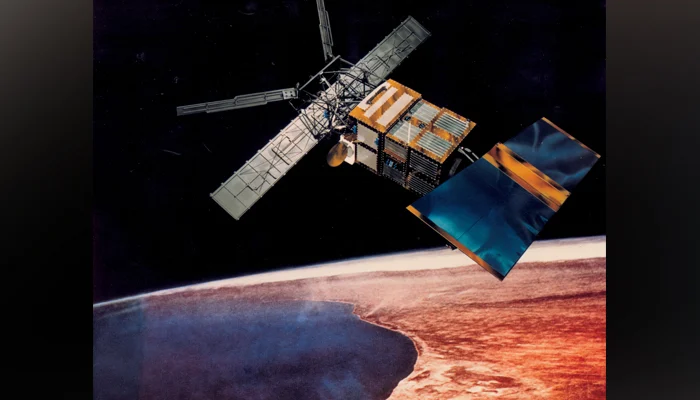A satellite built by Europe in the late twentieth century to collect data from space on the Earth’s surface, seas, and polar caps when it reenters the planet’s atmosphere.
According to a statement from the European Space Agency (ESA), the European Remote Sensing (ERS-2) satellite is expected to reenter the atmosphere on Wednesday morning, although experts are unsure when it will do so due to a variety of factors influencing its speed.
According to space officials, some of the satellite’s parts would shatter and burn up outside of the atmosphere.
CNN stated that the ESA’s space debris office is tracking the ERS-2 spacecraft, which was launched into space in April 1995.
The agency did, however, indicate a 15-hour uncertainty interval.
In a statement, the European Space Agency said: “As the spacecraft’s reentry is ‘natural’, without the possibility to perform manoeuvers, it is impossible to know exactly where and when it will reenter the atmosphere and begin to burn up.”
The uncertainty of reentry stems from the density of the Earth’s atmosphere, which would grow dense owing to solar activity.
Solar activity has been growing as the sun approaches its 11-year cycle peak, or solar maximum.
The satellite weighs around 5,057 pounds (2,294 kilograms) after fuel depletion, making it comparable in size to other space junk that enters the Earth’s atmosphere every week, according to the agency.
Some ERS-2 components may reach the Earth’s surface, but they will fall into the ocean, causing no harm.
ERS-2 was Europe’s first modern satellite, launched in the late twentieth century to survey the Earth.
The satellite, accompanied by the comparable ERS-1, collected critical data on the Earth’s polar caps, surface, and oceans. It also collected data on floods and calamities in remote parts of the world.
Its data still has worth.
The agency decided in 2011 to decommission and deorbit the satellite.
The deorbiting actions in 2011 depleted fuel and reduced its height, putting ERS-2’s orbit on a gradual spiral closer to Earth and entering its atmosphere within 15 years.







